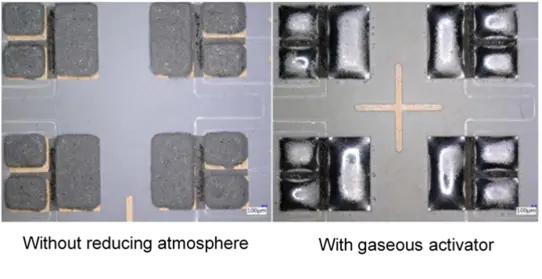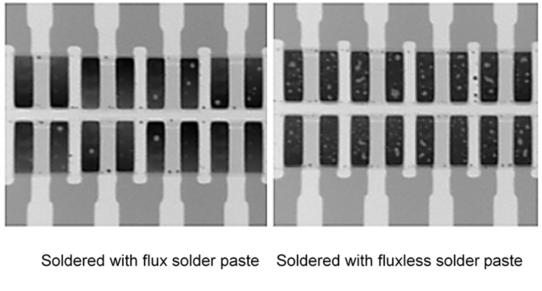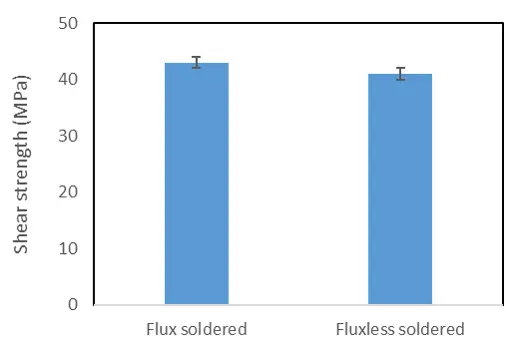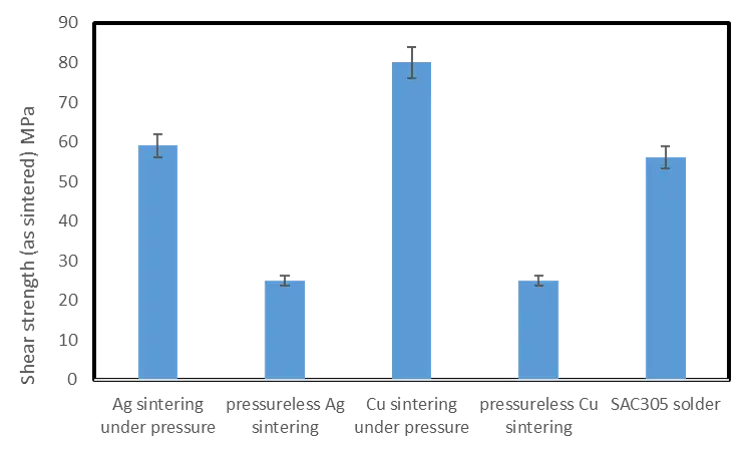Copper sintering
The increasing trend of electrification in automobiles has escalated the miniaturization of power electronic systems. Conventional Si-based power converters no longer meet the high requirements and wide band-gap (WBG) devices have gained momentum to address the shortcomings.
However, WBG devices still continue to be packaged through conventional established packaging technologies limiting their overall performance. Conventional lead free solders such as Sn based solders have a relatively low melting point of 220-230°C, thereby limiting the reliable temperature use to below 150°C. High temperature solders have been proposed but they have their limitations with AuSn being too expensive, Bi-based suffering from low thermal conductivity and Zn-based suffering from brittleness and low wettability.
Therefore, new packaging technologies are the need of the hour.
Silver sintering has gained prominence in the last decade with a number of players entering the market and commercial silver sinter pastes offering low-temperature sintering (250°C), high thermal and electrical conductivities and reliability at high temperatures. However, the high cost of silver is a deterrent and challenges with pressureless silver sintering have limited the penetration of silver sintering into a mass production solution.
Copper offers a low cost alternative to silver. It has a lower coefficient of thermal expansion than silver and nearly the same electrical and thermal conductivities. Further, it is a ~100 times cheaper than silver and more abundant.
However, one major challenge with copper is its high chemical reactivity, specially its affinity to oxidize readily under air. Further, by virtue of the fact that the melting points and the sintering temperatures are correlated, copper sintering is foreseen to be at higher temperatures compared to silver.
Within our research group, we are working on novel solutions to develop copper sinter pastes by employing a multi-dimensional approach.
First results return shear strengths of ~80MPa for sintering under pressure and ~25MPa for pressureless sintering, which are comparable to commercially available silver sinter pastes.





![[Translate to English:] Logo Akkreditierungsrat: Systemakkreditiert](/fileadmin/_processed_/2/8/csm_AR-Siegel_Systemakkreditierung_bc4ea3377d.webp)








![[Translate to English:] Logo IHK Ausbildungsbetrieb 2023](/fileadmin/_processed_/6/0/csm_IHK_Ausbildungsbetrieb_digital_2023_6850f47537.webp)


